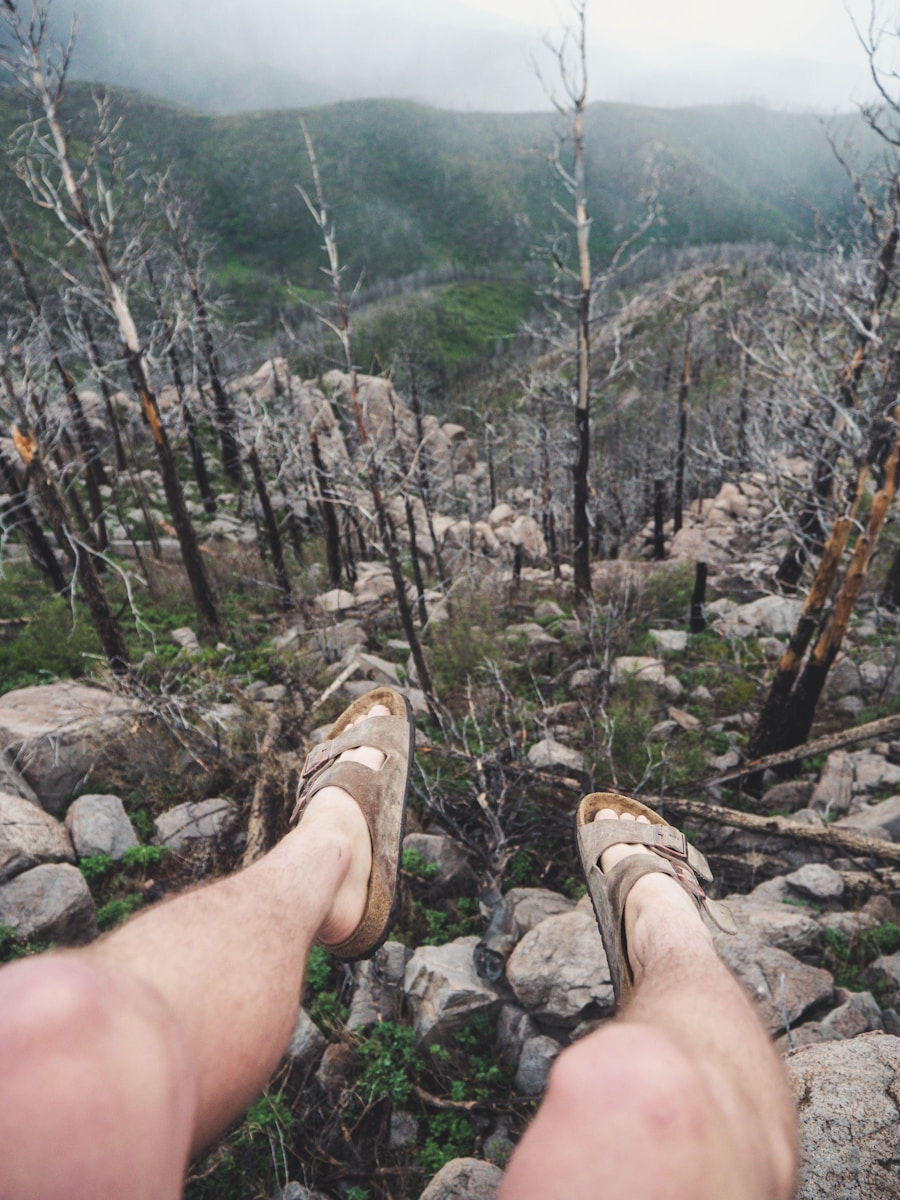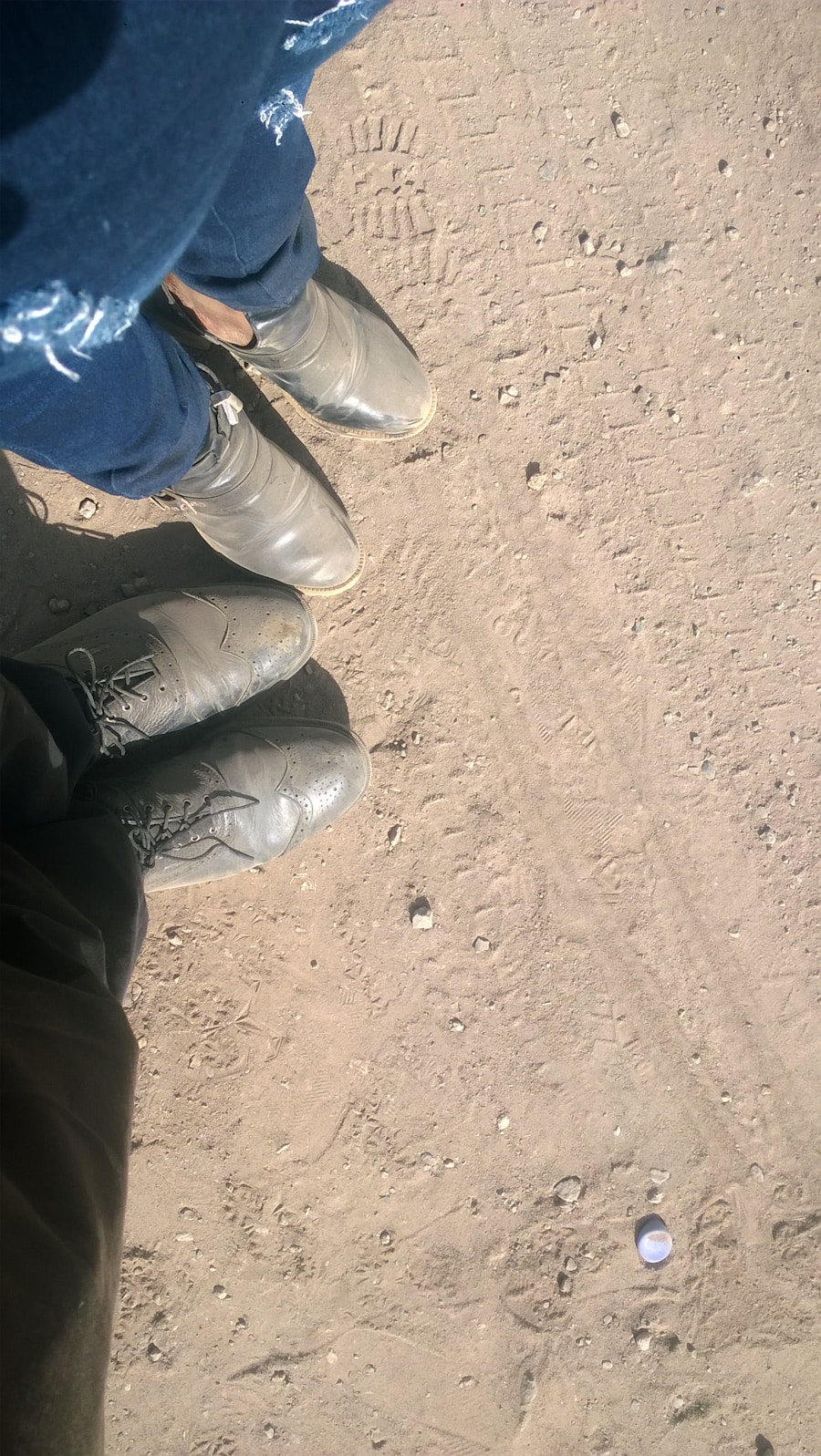The origins of cowboy boots can be traced back to the early 19th century, a time when the American West was being settled and cattle ranching became a prominent way of life. The design of these boots was heavily influenced by the footwear worn by Spanish vaqueros, or cowboys, who had been herding cattle in the Americas long before the arrival of American settlers. These early boots were crafted from durable leather, designed to withstand the rigors of ranch work and provide protection against the elements.
The pointed toe and high shaft were practical features that allowed for easy insertion into stirrups, making them ideal for horseback riding. As the cowboy culture evolved, so did the design of the boots. By the late 1800s, cowboy boots began to take on a more distinctive style, characterized by intricate stitching and decorative elements.
The introduction of the “cowboy heel,” a slightly elevated heel that provided better grip in stirrups, became a hallmark of these boots. The craftsmanship involved in creating cowboy boots also became more refined, with artisans using techniques passed down through generations. This period marked the transition of cowboy boots from mere functional footwear to a symbol of rugged individualism and Western heritage, often associated with the romanticized image of the American cowboy.
Key Takeaways
- Cowboy boots have a rich history dating back to the 1800s, when they were designed for practicality and durability on the ranch.
- Features of cowboy boots include a high heel, pointed toe, and decorative stitching, designed for horseback riding and protection from brush and thorns.
- Hiking boots are specifically designed for outdoor activities, with features such as ankle support, waterproofing, and durable traction for various terrains.
- The main differences between cowboy boots and hiking boots lie in their design, purpose, and functionality for different activities.
- Using cowboy boots for hiking can pose potential risks such as lack of ankle support and traction, leading to increased risk of injury on rugged trails.
The Features of Cowboy Boots
Cowboy boots are distinguished by several key features that set them apart from other types of footwear. One of the most notable characteristics is the high shaft, which typically extends above the ankle. This design not only provides support but also protects the lower leg from brush, thorns, and other hazards encountered while riding or working on a ranch.
The pointed toe is another defining feature, allowing for easier entry into stirrups and contributing to the overall sleek appearance of the boot. The materials used in crafting cowboy boots also play a significant role in their functionality and aesthetic appeal. Traditional cowboy boots are made from high-quality leather, which is both durable and flexible.
Exotic leathers, such as ostrich, snake, or alligator, are often used for more luxurious designs. Additionally, many cowboy boots feature decorative stitching and embellishments that reflect personal style and regional influences. The construction methods employed in making these boots often include a Goodyear welt or a Blake stitch, ensuring longevity and comfort.
The combination of these features not only makes cowboy boots visually striking but also functional for their intended use.
The Purpose of Hiking Boots

Hiking boots are specifically designed to provide support, stability, and protection for outdoor enthusiasts traversing various terrains.
Unlike casual footwear, hiking boots are engineered to withstand the rigors of hiking trails, which can include rocky paths, muddy slopes, and uneven ground. One of the primary purposes of hiking boots is to offer ankle support; many models feature a higher cut that helps stabilize the ankle joint, reducing the risk of sprains or injuries during strenuous activities.In addition to ankle support, hiking boots are constructed with specialized materials that enhance their performance in outdoor conditions. Waterproof membranes are often integrated into the design to keep feet dry in wet environments, while breathable fabrics help regulate temperature and moisture during warmer hikes. The outsoles of hiking boots are typically made from rubber compounds with deep lugs that provide traction on slippery or uneven surfaces.
This combination of features ensures that hikers can navigate challenging landscapes safely and comfortably.
The Differences Between Cowboy Boots and Hiking Boots
| Feature | Cowboy Boots | Hiking Boots |
|---|---|---|
| Design | Tall shaft, pointed toe, decorative stitching | Ankle support, rugged sole, protective toe cap |
| Usage | Western riding, fashion, casual wear | Hiking, trekking, outdoor activities |
| Material | Leather, exotic skins | Waterproof membranes, synthetic materials |
| Traction | Smooth sole for stirrup use | Grippy sole for varied terrain |
| Weight | Heavier due to decorative elements | Lighter for agility and endurance |
While both cowboy boots and hiking boots serve specific purposes, their designs reflect their distinct functionalities. Cowboy boots are primarily crafted for riding and ranch work, emphasizing style alongside practicality. Their high shafts and pointed toes cater to horseback riding needs, while their decorative elements often showcase personal flair.
In contrast, hiking boots prioritize performance over aesthetics; they are built with features that enhance stability, traction, and comfort on rugged terrain. The materials used in each type of boot also differ significantly. Cowboy boots are predominantly made from leather, which offers durability but may not provide the same level of moisture management as synthetic materials found in many hiking boots.
Hiking boots often incorporate advanced technologies such as Gore-Tex or other waterproof membranes to keep feet dry during wet conditions. Furthermore, the outsoles of hiking boots are designed with aggressive tread patterns to maximize grip on various surfaces, whereas cowboy boots typically have smoother soles that are better suited for riding but may not perform well on slippery trails.
The Potential Risks of Using Cowboy Boots for Hiking
Using cowboy boots for hiking can pose several risks due to their design limitations. One significant concern is ankle support; while cowboy boots do provide some level of support due to their high shafts, they lack the structured support systems found in dedicated hiking footwear. This can lead to an increased risk of ankle sprains or injuries when navigating uneven terrain or steep inclines.
Another potential risk is related to traction. The smooth soles of cowboy boots are not designed for gripping slippery or rocky surfaces effectively. Hikers may find themselves slipping or losing footing on wet rocks or muddy trails, which can lead to falls or accidents.
Additionally, cowboy boots may not offer adequate cushioning for long hikes; their rigid construction can result in discomfort over extended periods, leading to blisters or foot fatigue. These factors highlight the importance of selecting appropriate footwear based on the specific demands of hiking.
The Advantages of Using Cowboy Boots for Hiking

Durability and Protection
One notable benefit of using cowboy boots for hiking is their durability. High-quality leather cowboy boots can withstand rough conditions and resist wear and tear better than some lightweight hiking shoes. For short hikes on well-maintained trails or when traversing less challenging terrain, cowboy boots can provide sufficient protection without compromising style.
Aesthetic Appeal
Cowboy boots offer a unique aesthetic appeal that many outdoor enthusiasts appreciate. For those who enjoy blending their love for nature with personal style, wearing cowboy boots can be a way to express individuality while enjoying outdoor activities.
Comfort and Practicality
Furthermore, if a hiker is already accustomed to wearing cowboy boots and finds them comfortable for shorter excursions, they may choose to continue using them rather than investing in specialized hiking footwear.
Tips for Choosing the Right Footwear for Hiking
When selecting footwear for hiking, it is essential to consider several factors to ensure comfort and safety on the trails. First and foremost, assess the type of terrain you will be navigating; if you plan to hike on rocky or uneven paths, opt for shoes with good ankle support and traction. Look for models with deep lugs on the outsoles that can grip various surfaces effectively.
Fit is another critical aspect; ensure that your chosen footwear allows for some wiggle room in the toes while providing a snug fit around the heel to prevent blisters. It is advisable to try on hiking boots with the socks you intend to wear during your hikes to get an accurate sense of fit. Additionally, consider features such as waterproofing if you anticipate wet conditions or breathability for warmer weather hikes.
Lastly, take into account your personal preferences regarding weight and style. Some hikers prefer lightweight options that allow for quick movement, while others may prioritize durability over weight. Ultimately, choosing the right footwear involves balancing comfort, functionality, and personal style to enhance your overall hiking experience.
Are Cowboy Boots Suitable for Hiking?
The suitability of cowboy boots for hiking largely depends on individual preferences and specific hiking conditions. While they offer certain advantages such as durability and unique style, they also come with inherent risks related to ankle support and traction on challenging terrains. For short hikes on well-maintained trails or when personal style is a priority, cowboy boots may suffice; however, for more demanding hikes requiring stability and grip, investing in dedicated hiking footwear is advisable.
Ultimately, understanding the distinct features and purposes of both cowboy boots and hiking boots can help outdoor enthusiasts make informed decisions about their footwear choices. Whether one opts for traditional cowboy boots or specialized hiking shoes should be based on an assessment of terrain, duration of hikes, and personal comfort preferences.
If you’re considering wearing cowboy boots for hiking, you may want to read this article on how bed bugs can travel between houses. While not directly related to hiking, it highlights the importance of choosing appropriate footwear for different activities to avoid discomfort or potential issues. Just like bed bugs can easily travel between houses, wearing the wrong shoes for hiking can lead to blisters, sore feet, and overall discomfort during your outdoor adventures.
FAQs
Are cowboy boots good for hiking?
Cowboy boots are not ideal for hiking as they lack the necessary support and traction for rough terrain. They are designed for horseback riding and are not suitable for long hikes or challenging trails.
What are the drawbacks of wearing cowboy boots for hiking?
Cowboy boots lack the ankle support and cushioning that hiking boots provide, which can lead to discomfort and potential injuries on the trail. Additionally, the smooth leather soles of cowboy boots do not offer the same traction as hiking boots, increasing the risk of slipping.
Can cowboy boots be used for light hiking?
While cowboy boots may be suitable for light walking on flat, well-maintained trails, they are not recommended for any type of hiking. It is best to invest in a pair of hiking boots specifically designed for outdoor activities to ensure safety and comfort.
What features should hiking boots have that cowboy boots lack?
Hiking boots typically have features such as ankle support, cushioned insoles, durable outsoles with deep treads for traction, and waterproof or water-resistant materials. These features are essential for providing stability, comfort, and protection on the trail, which cowboy boots do not offer.
